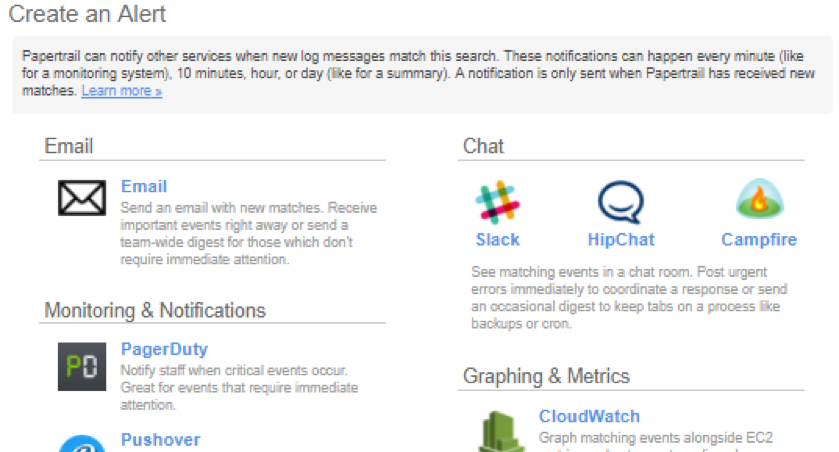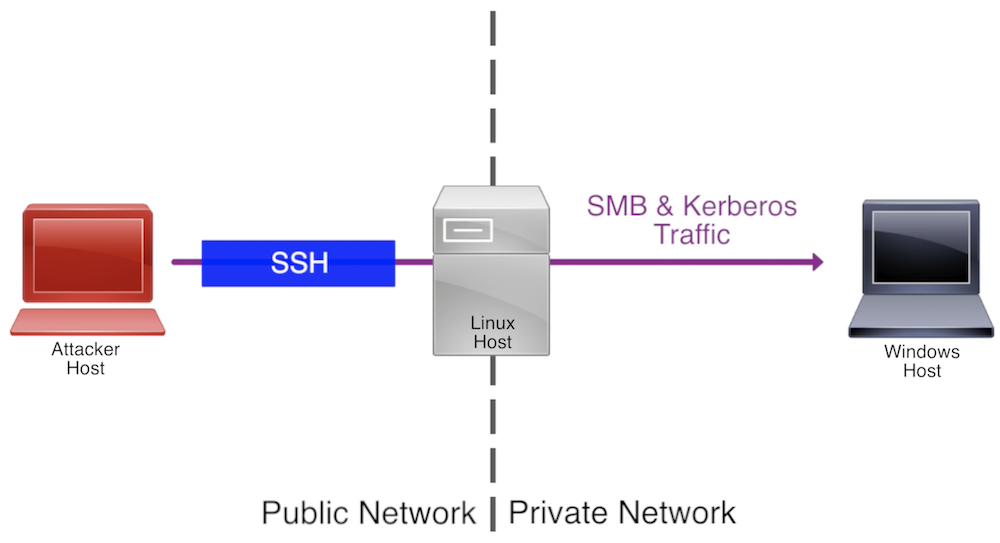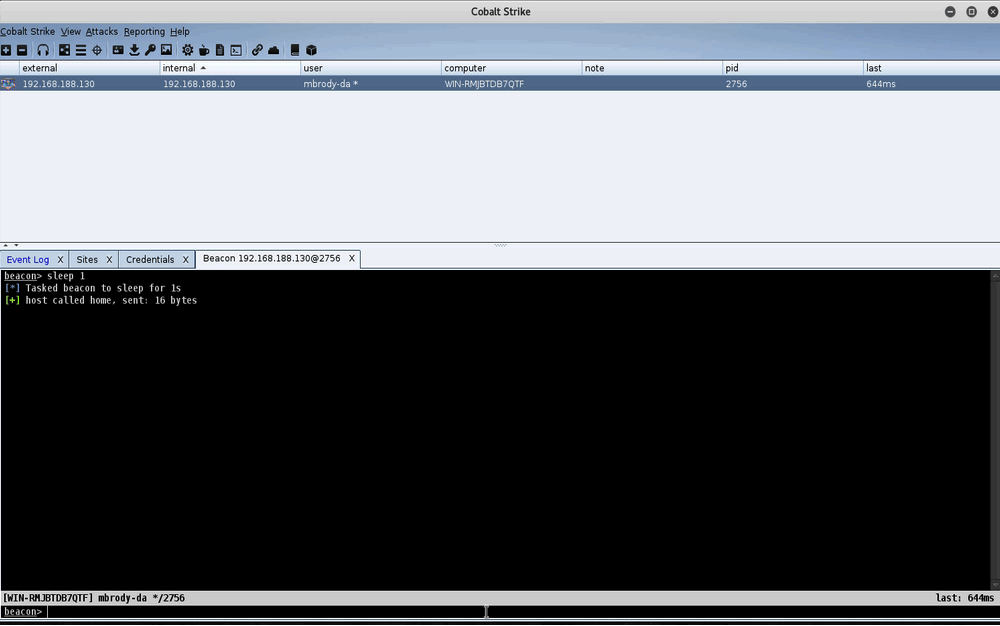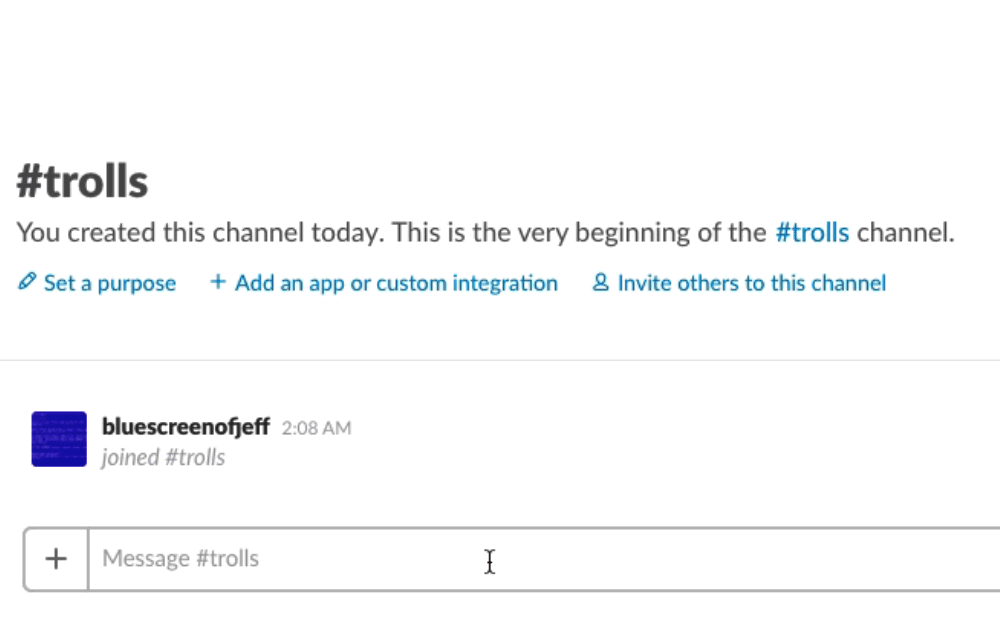
Attack Infrastructure Log Aggregation and Monitoring
This post was co-written by Steve Borosh (@424f424f) and Jeff Dimmock (@bluscreenofjeff). Monitoring attack infrastructure can prove to be as important as our attacking. Quickly hiding from investigating blue teamers can mean the difference between keeping our interactive command and control (C2) sessions and burning our infrastructure. If you’ve read the Red Team Infrastructure Wiki that Steve and I wrote, you know we’re big fans of heavily distributed infrastructure and using redirectors in front of everything. Monitoring becomes increasingly difficult when we have 20+ assets comprising our infrastructure. Luckily for us, this problem was solved a long time ago with rsyslog. In this post, we’ll cover how to monitor a distributed attack infrastructure with rsyslog to help facilitate quicker counter-response actions. <h1... [Read More]






